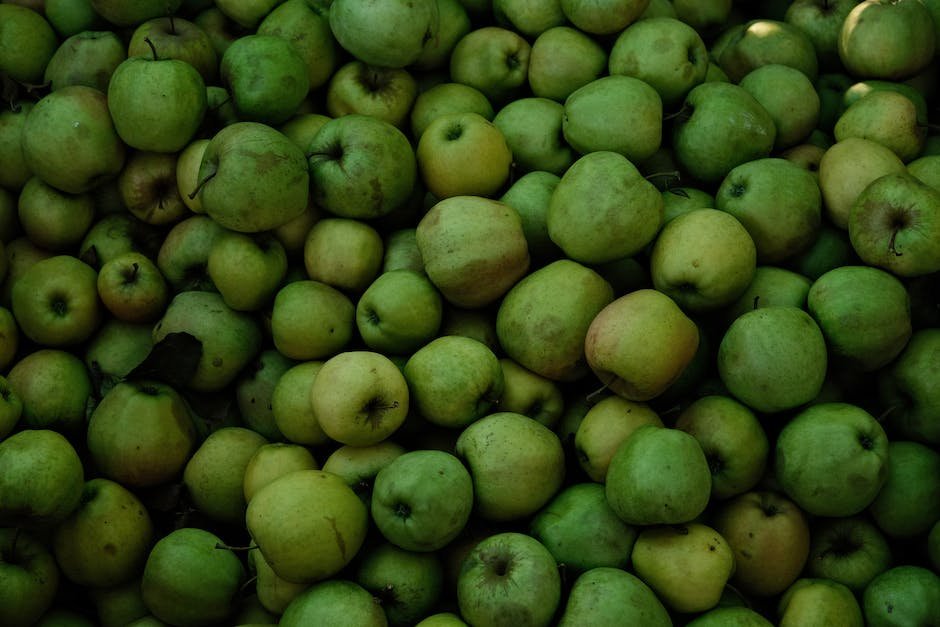When it comes to learning how many ml of each ingredient you use in your recipes, there are several sources that can help you- books, websites, videos, etc.
Many people start their baking career by creating recipes with very little liquid used. Because they have limited access to liquids, these professionals must learn how to estimate the amount of liquid needed for their recipes.
This is where things get tricky because everyone’s recipe needs different amounts of liquid depending on the consistency of the mixture.
For example, my favorite type of cookie does not require any liquid at all! Therefore, I do not consume cookies made with water as I would like to eat less than one thousand calories per session 🙂
That said, if I wanted to make soft and fluffy chocolate chip cookies, I need to know how to determine the appropriate number of milliliters (ml) of milk in my dough.
Conversions of milliliters to ounces and pints

So how many ml are in one ounce? To find this out, we need to look at the other way to measure volume, which is called mass or weight. One ounce equals 28 grams. A gram is one thousandth of a pound so you can say that 1 oz = 1000 g.
One ml = 0.033 oz (8 g) Therefore, 1 ml = 33% of an ounce. This means there are twice as much liquid in each ounce of alcohol than there is powder!
Converting to pints gives us even more impressive numbers. One pint equals 20 ozs or 573 ml.
How to measure liquid volumes accurately

Measuring your drinking habits is important, as you want to know how much alcohol you are consuming on a daily basis. Knowing this can help you determine if you need to make any changes or not, and it helps professionals evaluate whether or not you may have an addiction to alcohol.
The most common way to measure your alcohol intake is by looking at what’s known as the average drink size. The average drink size varies depending on who is asking but usually includes a standard glass of water after drinks!
That is definitely not good guidance though, as a normal person should be having more than one drink per serving! Luckily, there are some better ways to estimate how many ml of alcohol you’re ingesting on a weekly basis.
Calculate how many milliliters in a shot
There are two main components of a gunshot, or muzzle-fired projectiles. These are known as bullets and gasses. Bullets come in different sizes and styles, but they all have one thing in common – they contain chemical compounds that burn when exposed to air or oxygen.
The size of the bullet determines how much gas it produces and what kind of effect you want to achieve with your gun. The bigger the bullet, the more dramatic the effect!
As for the gasses, there is an absolute maximum amount of ammunition allowed to be used during shooting season. This is because some of these gases are regulated by federal law.
So, while you might like very large, powerful rounds, you need to know how many ml of each component you are using before firing. Because of this, there are ways to calculate how many ml of each component your specific load has.
Medical reasons to know your milliliters

Knowing how much liquid you have in a given shot can play an important role in your doctor’s treatment plan, or even determine whether you need to give a specific medication.
A medical professional may ask you about your blood glucose levels at their appointment, and knowing this information ahead of time will help them evaluate what treatments are working and what needs to be changed.
They may also require you to bring an appropriate amount of insulin for your current level, which depends on how many carbs you ate and when they were administered.
You should always check your urine for any ketone signs before assuming that you don’t need to take your insulin, as some individuals experience a short period of urinary ketosis while in keto-mode.
Difference between milliliters and ounces
There is some confusion about what defines an ounce of liquid. Most people recognize one as the amount of sugar that makes up a standard cup of coffee, but there are different definitions for volume!
A fluid ounce (or more accurately, cubic centimeter) is defined as the amount of water that covers one inch deep. So, if you like drinking two glasses of milk every day, that’s defining one ounce for each glass.
But how many ml are in a shot? That depends on the type of alcohol being mixed with it!
The easiest way to figure out how much alcohol is in a drink is to use our old friend, math. Let’s look at five common beverages and see how many mL they contain.
Five popular alcoholic drinks and their calculated amounts
1- These numbers mean something very specific
These numbers mean something very specific: 1 oz = 30ml énourmerie (French term for measure), or 2 tablespoons
(French term for measure), or 2 tablespoons 0.
Difference between milliliters and pints
In America, we use two different systems to measure how much liquid you need for a shot. There is the metric system, which is sometimes confusing because it looks similar to our own measurement system!
The British influence made its way into our health and wellness industry with their customary 250 ml bottle. Unfortunately, this size bottle is not very practical when working or exercising, so most people here in the US choose the more common 500 mL bottle instead.
This article will tell you what each volume means, why there is a difference, and whether one is better than the other.
Always use the correct measuring tool

Never pour liquid into your mouth using your hands or an uncapped cup. This can be very dangerous for you!
putting too much liquid in your mouth at one time can cause swallowing problems, choke you, or drown you.
Some common liquids that require a precision measure are alcohols like vodka, gin, and whiskey, as well as some types of beverages and medicines.
Never mix your drink with no measurement markings- this could mean drinking dangerously more than what is appropriate for someone who does not know how much they should have.
Know the correct measuring cups
The easiest way to measure liquid volume is using one of two main systems: metric or imperial. Technically, you can use either system for any given amount, but it will depend on what you are trying to determine the liquid content of.
For example, if you wanted to know how many millimeters of water there is in 1 cup of water, you would need to use the proper measurement tool– meters! And if you were looking to know how much milk there is in 1 cup, then you would have to use the appropriate measurement for fluid that contains sugar, which is also called ‘dextrose’.


















